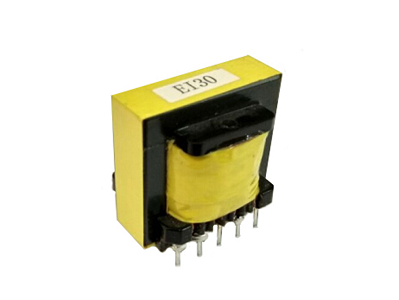What are the main components of an SMPS transformer?
Switched-Mode Power Supplies (SMPS) have become a ubiquitous part of modern electronic devices, from laptops and smartphones to industrial machinery. At the heart of these power supplies lies the SMPS transformer, a vital component that enables efficient voltage conversion. In this article, we will explore the main components of an SMPS transformer and understand their roles in facilitating power transmission.
Core:
The core is the central part of an SMPS transformer and plays a crucial role in transferring energy from the primary winding to the secondary winding. It is typically made of ferromagnetic materials such as laminated iron or ferrite. The core's design and material choice determine the transformer's operating frequency range, efficiency, and overall performance.
Primary Winding:
The primary winding is the coil of wire connected to the input voltage source of the SMPS. It carries the alternating current (AC) and induces a magnetic field in the core. The number of turns in the primary winding affects the voltage conversion ratio and determines the output voltage of the transformer.
Secondary Winding:
The secondary winding is responsible for receiving the energy transferred from the primary winding and stepping up or stepping down the voltage based on the required output. The number of turns in the secondary winding determines the output voltage. Multiple secondary windings may be present to provide various output voltages, making SMPS transformers versatile for different applications.
Insulation:
Insulation is crucial in an SMPS transformer to prevent electrical shorts and ensure safety. Layers of insulation material, such as varnish or tape, are applied between the windings and around the core. Proper insulation prevents short circuits and ensures reliable operation, even under high voltages.
Bobbin:
The bobbin is a plastic or insulating material structure that holds the primary and secondary windings of the transformer. It provides structural support, ensures proper winding alignment, and maintains the desired distance between the windings. The bobbin also aids in heat dissipation and protects the windings from mechanical stress.
Magnetic Shield:
In some applications, an SMPS transformer may include a magnetic shield. This shield is typically made of a high-permeability material such as mu-metal and is placed around the core. Its purpose is to contain and redirect the stray magnetic fields generated by the transformer, reducing electromagnetic interference (EMI) and preventing interference with nearby electronic components.
Auxiliary Components:
Additional components can be integrated into an SMPS transformer to enhance its functionality. These may include temperature sensors, thermal fuses, or surge protection devices. These auxiliary components provide safety features and protect the transformer from damage caused by abnormal operating conditions, such as overvoltage or excessive temperature.
Conclusion:
The SMPS transformer is a vital component of switched-mode power supplies, enabling efficient voltage conversion in a wide range of electronic devices. Understanding its main components, including the core, windings, insulation, bobbin, magnetic shield, and auxiliary components, allows engineers to design and optimize power supplies for various applications. By harnessing the capabilities of the SMPS transformer, modern electronics can achieve higher efficiency, smaller form factors, and improved performance.
391
0
0


Comments
All Comments (0)